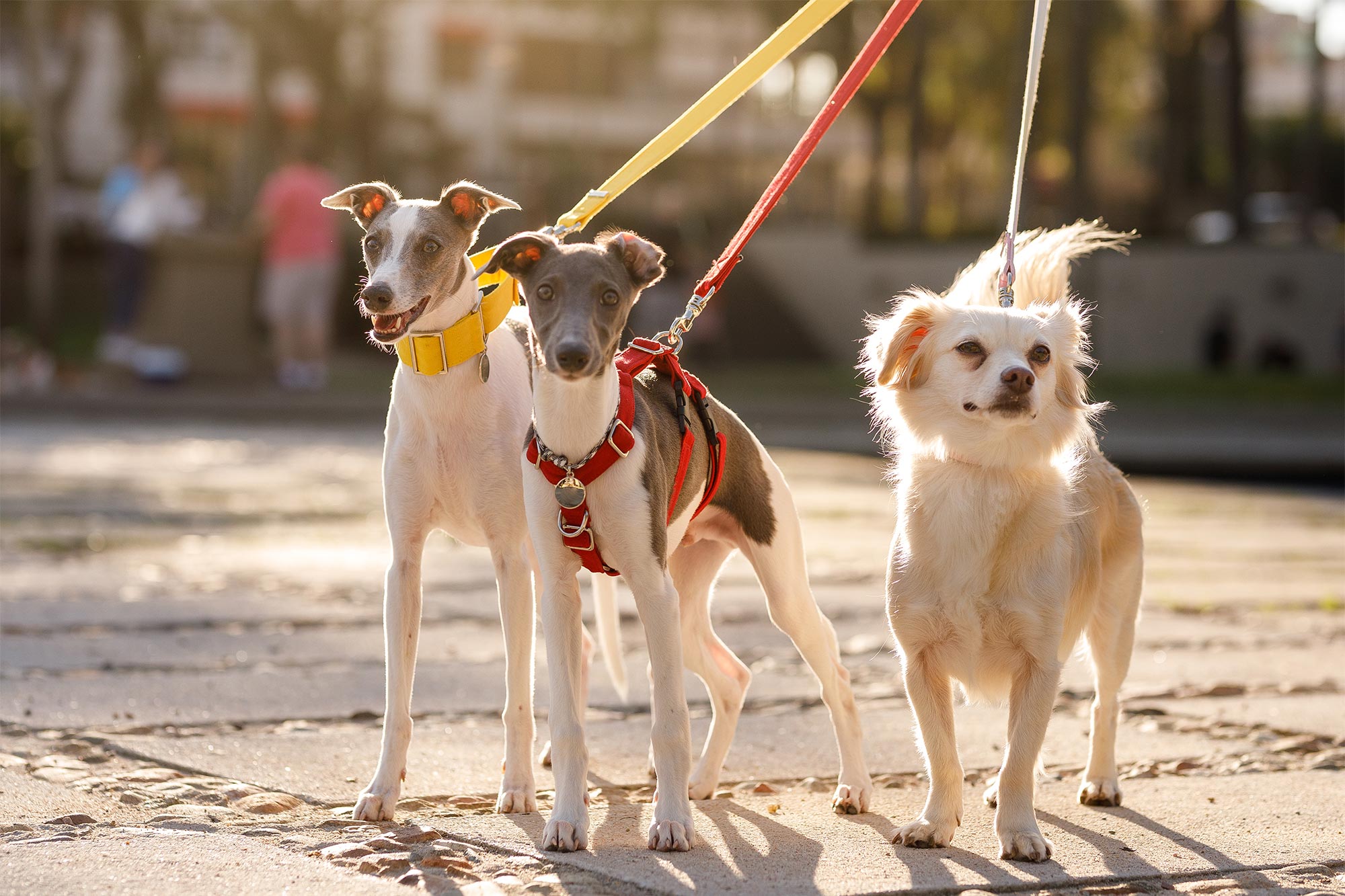Collar Or Harness: What's Best for Your Dog?

Collar or harness? It’s one of those small decisions that can have a big impact on your dog’s daily walks. At The Bark Park Pet Resort & Daycare, we understand that every pup is unique, and what works for one may not be best for another. In this post, we’ll walk you through the benefits and drawbacks of both options, helping you decide which might be the ideal fit for your furry friend.
Collars: The Classic Choice
Dog collars are primarily used for holding ID tags and attaching leashes, making them a practical option for many pet parents. They come in a rainbow of styles and materials to suit every personality, from the simple to the snazzy. That said, even a well-fitted collar has its quirks. While a collar is designed to sit securely yet comfortably, that comfort can sometimes allow a startled or frightened dog to slip it off. Here’s a quick breakdown:
- Pros:
- Collars are super simple to use and are usually a breeze to adjust.
- They provide a secure spot for your pet’s ID tags.
- Collars are available in numerous designs, so you can pick one that matches your dog’s personality and your own style.
- Cons:
- Collars can put pressure on a dog’s neck, which might not be ideal for breeds with respiratory or neck issues.
- For dogs that pull like they’re chasing the mail truck, a collar might lead to discomfort or even injury.
- The comfortable, room-for-breath design might just let an anxious dog slip out in a pinch.
While collars are tried and true, they’re not a one-size-fits-all solution.
Harnesses: Where Comfort Meets Control
Harnesses are popular—especially among pet parents with pups prone to pulling or with sensitive necks. Unlike collars, harnesses distribute pressure evenly across your dog’s body, making each walk a more comfortable (and safer) experience.
Let’s check out the pros and cons:
- Pros:
- Harnesses distribute pressure nicely, making them a stellar choice for dogs with respiratory issues or tender necks.
- They offer extra control for those energetic dogs that tend to turn walks into sprinting marathons.
- Many harnesses are designed with extra padding and an adjustable fit.
- Cons:
- They can be a tad more fiddly to put on and adjust.
- If not fitted just right, a harness might chafe or restrict movement during all that tail-wagging fun.
Harnesses might need more effort to get ready in the morning, but for many dogs, the extra comfort and control more than make up for it.
Finding Your Dog’s Perfect Match
- Size and Breed: Smaller dogs or breeds with delicate necks might thrive with a harness's gentle, even pressure.
- Behavior: If your dog tends to pull or get overly excited on walks, a harness's extra control could be a big benefit.
- Health Considerations: Dogs with respiratory issues or neck sensitivities often benefit more from the distributed pressure of a harness.
By keeping these factors in mind, you can ensure your dog’s accessory looks good and supports their well-being—making each outing a little more enjoyable.
Let’s Recap
In a nutshell, both collars and harnesses come with advantages and disadvantages. The best choice depends on your dog’s size, behavior, and health needs. At The Bark Park, our dedicated team is always here to give your dog the best of care when you’re away and to tend to their safety and comfort. You can reach us at (916) 459-3030.
